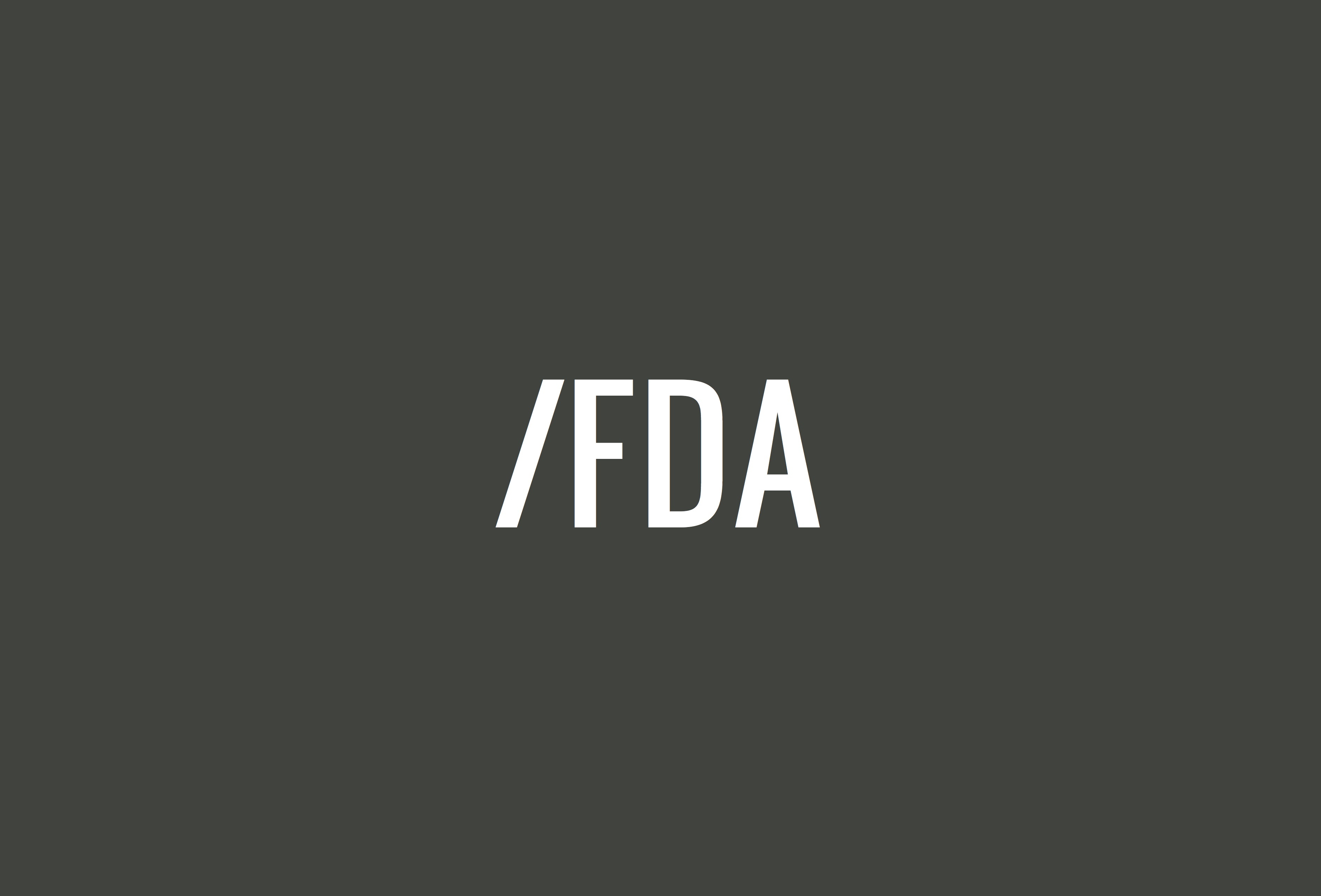As part of the U.S. Food & Drug Administration’s new regulation of premium cigars, warning labels will be required to be added both to the boxes that cigars come in, as well as be displayed at the point of purchase inside a tobacco shop. However, there has been some question as to how a cigar sold individually would be able to meet the upcoming requirement, which goes into effect Aug. 10, 2018.
For instance, how would a cigar sold individually and not in a cellophane sleeve be able to meet the requirement? Or even if there was a cellophane sleeve, would it be feasible to put the required warning on each cigar?
On Friday, FDA issued its Final Guidance on “Warning Statements on Small-Packaged Cigars,” and it turns out not much has changed from its original plans.
Cigar makers will not be required to label each cigar individually with one of the six required warning messages; rather, the agency stated that “cigars that are sold individually, without any packaging, may satisfy the warning requirements for packages with warning statements posted at the point of sale.”
The agency goes on to state that it “does not intend to take enforcement action with respect to such cigars that do not comply with the size and placement requirements…when the information and specifications required under 1143.5(a)(1) and (2) appear on the carton or other outer container or wrapper that could accommodate the warning statements, or on a tag otherwise firmly and permanently affixed to the cigar package.”
This means that cigar boxes will still be required to display one of six warning labels, with the labels comprising “at least 30 percent of each of the two principal display panels of the cigar package,” while also being in a minimum 12-point font, among other display and formatting requirements.
Once the new labelling requirements go into effect, it will be unlawful for anyone to manufacture, package, sell, offer to sell, distribute, or import for sale or distribution within the United States any cigar unless the product packaging bears the proper warning labels.
It is worth noting that FDA’s guidance documents do not establish legally enforceable responsibilities. Rather, they are used to describe the agency’s current thinking on a topic and should be viewed only as recommendations, unless specific regulatory or statutory requirements are cited.
Featured image courtesy of the U.S. Food & Drug Administration, photo by Michael J. Ermarth.


